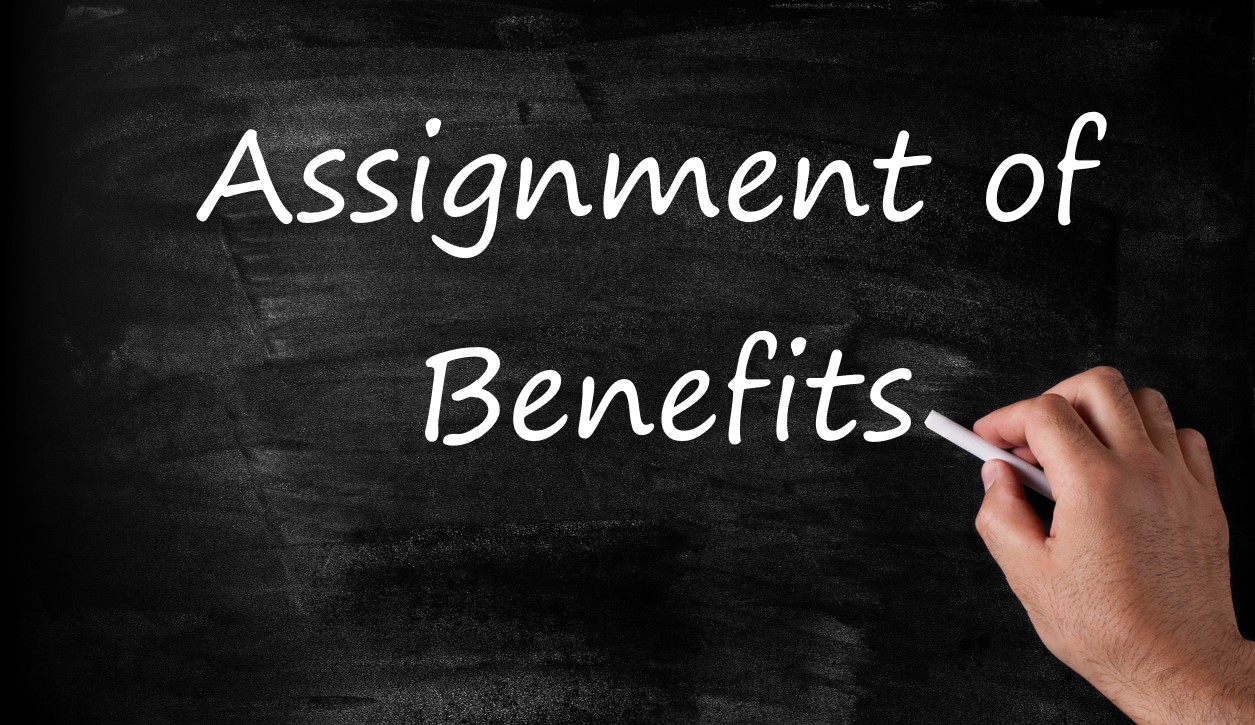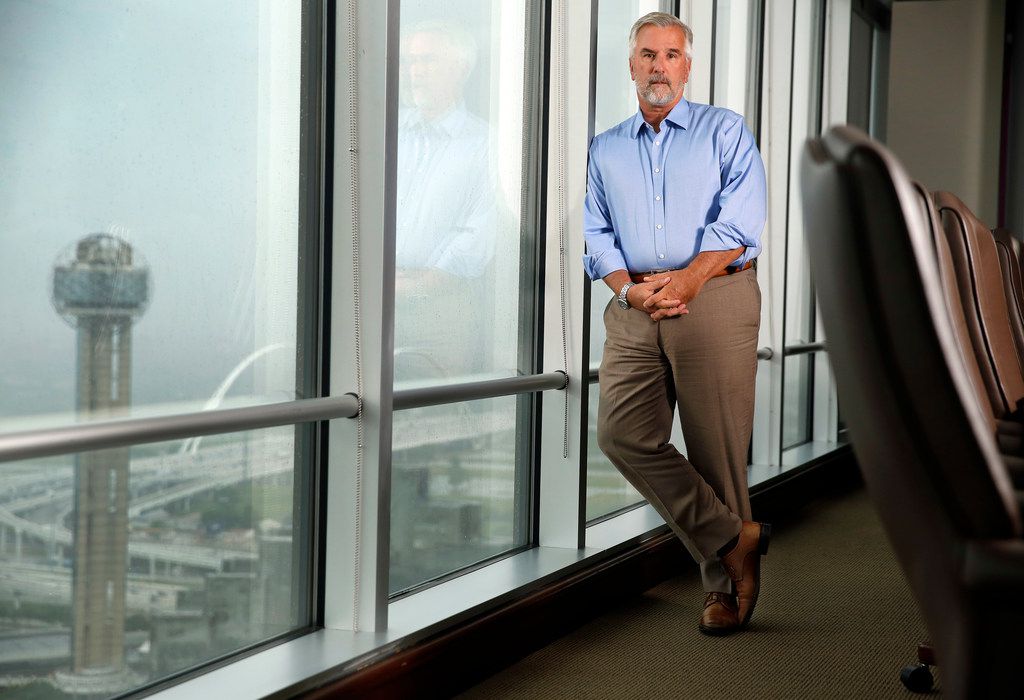Knowledgeable and creative public adjusters can be worth their weight in gold to policyholders. This is another lesson from the case cited1 in yesterday’s post, Insurance Claims Manager Tries to Teach Public Adjusting Firm a Lesson—Does State Auto Have an Ethical Claims Problem. The remaining contract dispute involved an issue about the period of restoration, which the insurance company field adjusters and the public adjuster agreed upon until State Auto’s claims manager became involved in the case.
The policyholder, through its able counsel Tom Brown, argued the following:
The shrink-wrapping is ‘covering a building in plastic and using heat to . . . constrict or contract the plastic around the building.’ Restoration work could not go on during the time the building was encapsulated or shrink wrapped. State Auto took into account the shrink-wrapping of the building and then doing repairs to put the building back into like kind and quality condition in determining the period of restoration. Mr. Terra for State Auto agreed to the proposal to shrink-wrapping the building in April 2015, which starts as soon as possible, and would remain shrink-wrapped through the wedding season. Mr. Terra agreed to the shrink wrapping of the building to protect against losing any further business income with regard to the wedding venue and the hotel revenues. State Auto agreed to pay for the shrink-wrapping in part because of the weddings and to reduce the BI loss which would have occurred. It is undisputed that the building would remain shrink wrapped for the wedding season and that the wedding season ran from early spring through late Fall.
…Per the policy, the period of restoration per the policy ends at the hypothetical period ’when the property at the described premises should be repaired, rebuilt or replaced with reasonable speed and similar quality.’ Accordingly, the policy looks to a reasonable time to rebuild. Here the ‘reasonable’ time to rebuild would certainly include the time that State Auto agreed to pay when the building was shrink-wrapped. Indeed by shrink wrapping the building, State Auto benefited because the wedding season revenue was not impacted by the burned-out building. It is bad faith for an insurer to agree to extend the period of restoration, for the insurer’s benefit to reduce a claim, and then argue to the Court that the insured should not have trusted State Auto and that no time for the agreed shrink wrapping should be allowed. The Policy anticipates that the insurer and insured may reach an agreement on the loss including business interruption.2
Why is the insurance company arguing that the agreed to accommodation which saved it money, should not be enforced?
The court agreed and ruled for the policyholder finding:
Defendant’s favored twelve-month restoration period only works if its expert’s estimate of a twelve-month repair period is taken out of context. Because the amount of monthly loss calculated by the appraisers varies each month, it is not enough to determine the number of months included in the period of restoration—it also must be determined specifically which months were included. Under the clear language of the Policy, the period of restoration begins immediately after the loss incident—February 2015—and ends when the repairs should have been completed. The parties agreed to shrink-wrap the building from approximately April to October 2015, and the six months of repairs could not have begun until after the shrink-wrap was removed. Therefore, the twelve-month period to which Defendant’s expert referred must have spanned from April 2015 to April 2016—not February 2015 to February 2016. Defendant has not presented any evidence that contradicts this conclusion.
In sum, the evidence submitted by both parties establishes that the period of restoration began on the date of the loss in February 2015, included the six months of shrink-wrapping (mid/late April 2015 to mid/late October 2015), and ended six months after the shrink-wrap was removed (mid/late April 2016).
Under the loss schedule awarded by the appraisers, which the parties agree (and Judge Grimm determined) applies, Plaintiffs are entitled to payment by Defendant in the amount of $235,274, which represents the total amount of loss from February 2015 through April 2016 ($671,638) minus the $436,364 already paid by Defendant.
This case is a good example of why states need good common law and statutes protecting policyholders from bad acting insurance companies. Many policyholders and their counsel simply give up. Tom Brown told me that the owner of the business, on his deathbed, made others promise to seek full justice and not let State Auto take advantage of them. Amen.
Thought For The Day
There really can be no peace without justice. There can be no justice without truth. And there can be no truth, unless someone rises up to tell you the truth.
—Louis Farrakhan
1 Rod & Reel v. State Automobile Mut. Ins. Co., No. 20-3388, 2023 WL 4847696 (D. Md. July 28, 2023).




